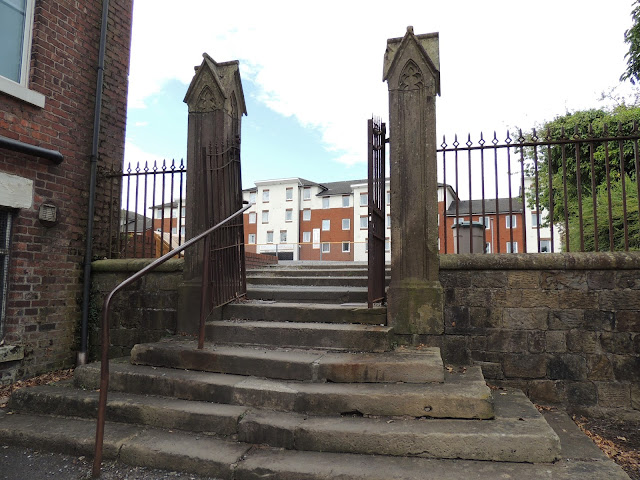Preston History Map

Preston History Map The Preston History Map Website, which is currently running on 'Blogger', is designed to provide background information to support the ' Preston History Interactive Map ' that is hosted on uMap. The map is not intended to be an exhaustive or fully comprehensive list of historical places in Preston. It is a map of historical landmarks, interesting objects and notable sites related to Preston's history. Many of the items or landmarks are perhaps the ones that often go unnoticed and don't regularly feature in other works about or references to Preston's past. ~ The Preston History Map See full screen ~ The link to the Preston History Interactive Map map is here: https://umap.openstreetmap.fr/en/map/preston-history_1126258 ~






